by Ruth Pearce
Love is not something we usually talk about in the context of the workplace. Using that word can alienate people who equate love with romance or family, not with a job or colleagues. But when we focus on connection in the workplace, the conversation gets easier.
Connection is what we’re talking about when we talk about love in teams. The emotion that helps us to care about someone else—their well-being, their opinion, their strengths, their contribution—is a form of love. Love for self and love for others. In Barbara Fredrickson’s words, we are talking about micro-moments of positivity resonance. In the words of researcher Jane Dutton, we are talking about high-quality connections.
WBI faculty member Phoebe Atkinson and I met last week to start putting together our workshop for the Embodied Positive Psychology Summit at Kripalu, May 1–4. Phoebe has been guiding and coaching leaders for a long time, and I have been leading teams for many years, and we both have a tremendous love for teams and the leaders who engage them.
What we would like to explore with our workshop attendees is how we build connections.
Where do they come from and how do we sustain them?
Phoebe and I believe that these connections come from knowing our colleagues—seeing the whole person, and recognizing common ground, shared experience, and similar perspectives. It is about seeing the people around us as the extraordinary sum of their strengths, and not focusing on what we perceive to be their shortfalls.
Research shows that, when we know our own strengths, we feel empowered and engaged. When others know our strengths, they see us in a new light and connect with us in a more constructive way.
For example, I had a colleague who was known as “Mr. No.” He was a senior member of the team, and when other team members brought suggestions to him for improvements in process or design, he would regale them with all the reasons why their suggestions would not work.
Once the team members had explored their character strengths through the VIA assessment, we came to see that Mr. No’s number-one strength was judgment. On the surface, it appeared that he was judgmental—that is, overly critical and negative. In fact, his strength in judgment made him analytical and gave him the ability to see the other side of whatever was presented to him. He was constantly weighing and balancing. So, when a colleague approached him with the next best idea since sliced bread, Mr. No’s strength of judgment helped him find the ways in which the concept was flawed.
Once we knew this about him, we changed tack. Instead of presenting him with the finished idea and waiting for him to pick holes in it, we approached him in the early stages and asked him to explore possibilities with us. This created the opportunity for him to see the good and the bad, and enabled him to help others to hone their ideas and make them the best that they could be. As his second strength was fairness, he was happy to see the originator of the idea take it forward and make it happen. Everyone was happier, and his strengths were used to best effect. And the team began to put forward some extraordinarily innovative ideas.
When we look for strengths in others, we connect with those around us in a new way. We look at them with an appreciative eye, and engage them with positive feedback. It is easy to see how that might help us in one-on-one relationships—and what works in personal relationships works in teams. That mutual understanding and appreciation helps to build love and respect, as well as a greater sense of community purpose. Shared purpose creates belonging and engagement, and research shows that engagement leads to greater success. Starting from strengths, we move along the upward spiral to well-being, connection, and success.
This concept of building on what is good shows up in many areas of positive psychology and organizational development. The practice of appreciative inquiry shows us the importance of understanding what is already working and supports us in dreaming of a new future. Intentional Change Theory dreams first and then assesses what is already working well that can support the achievement of that dream.
Research has shown that we rejuvenate through hope, play, mindfulness, and compassion. By mindfully observing our own strengths and those of others, we build hope and compassion, and thus not only function better but also rejuvenate as we go, with the help of our colleagues.
It is these ideas of starting with strengths, seeing the whole person, and building connection that Phoebe and I will develop during our workshop at the Embodied Positive Psychology Summit in May. Participants will leave with a greater understanding of their own strengths, and a plan for how to incorporate strengths into their own teams when they leave.
Ruth Pearce, is Business Unit Director of Conferences and Special Events at Wholebeing Institute, where she is currently working on the 2017 Embodied Positive Psychology Summit. She also runs ALLE LLC (A Lever Long Enough), where she works on ways to integrate project management and positive psychology. With a focus on character strengths, ALLE’s mission is to build a world of engaged teams. Ruth is currently working on a book for project managers, The Project Manager Effect: From Organizing to Energizing. As part of the background for the book, she has been researching the role of the project manager as well as the attitudes that project managers have to team engagement. alle4you.com


 Ruth Pearce, is Business Unit Director of Conferences and Special Events at Wholebeing Institute, where she is currently working on the
Ruth Pearce, is Business Unit Director of Conferences and Special Events at Wholebeing Institute, where she is currently working on the 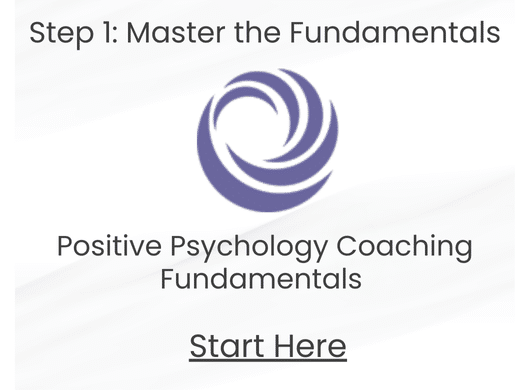
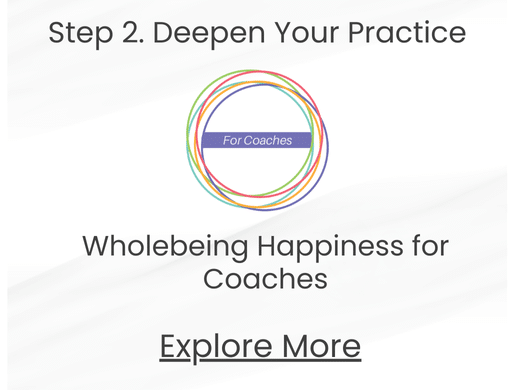
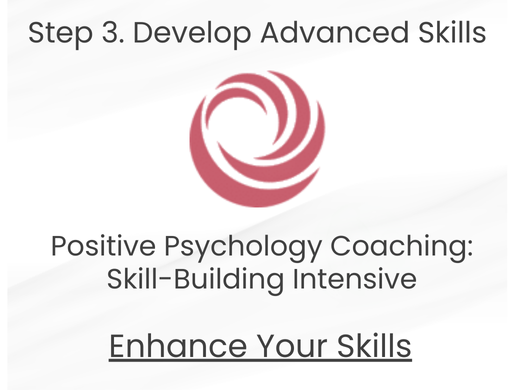

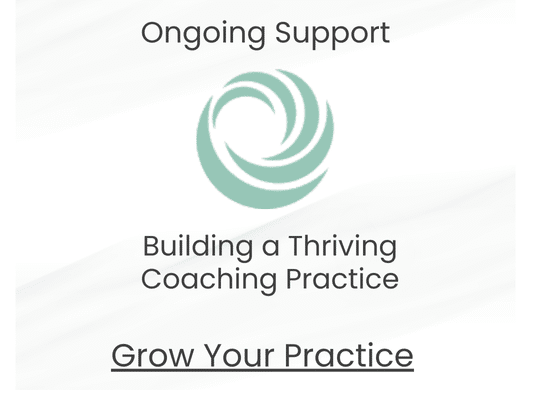
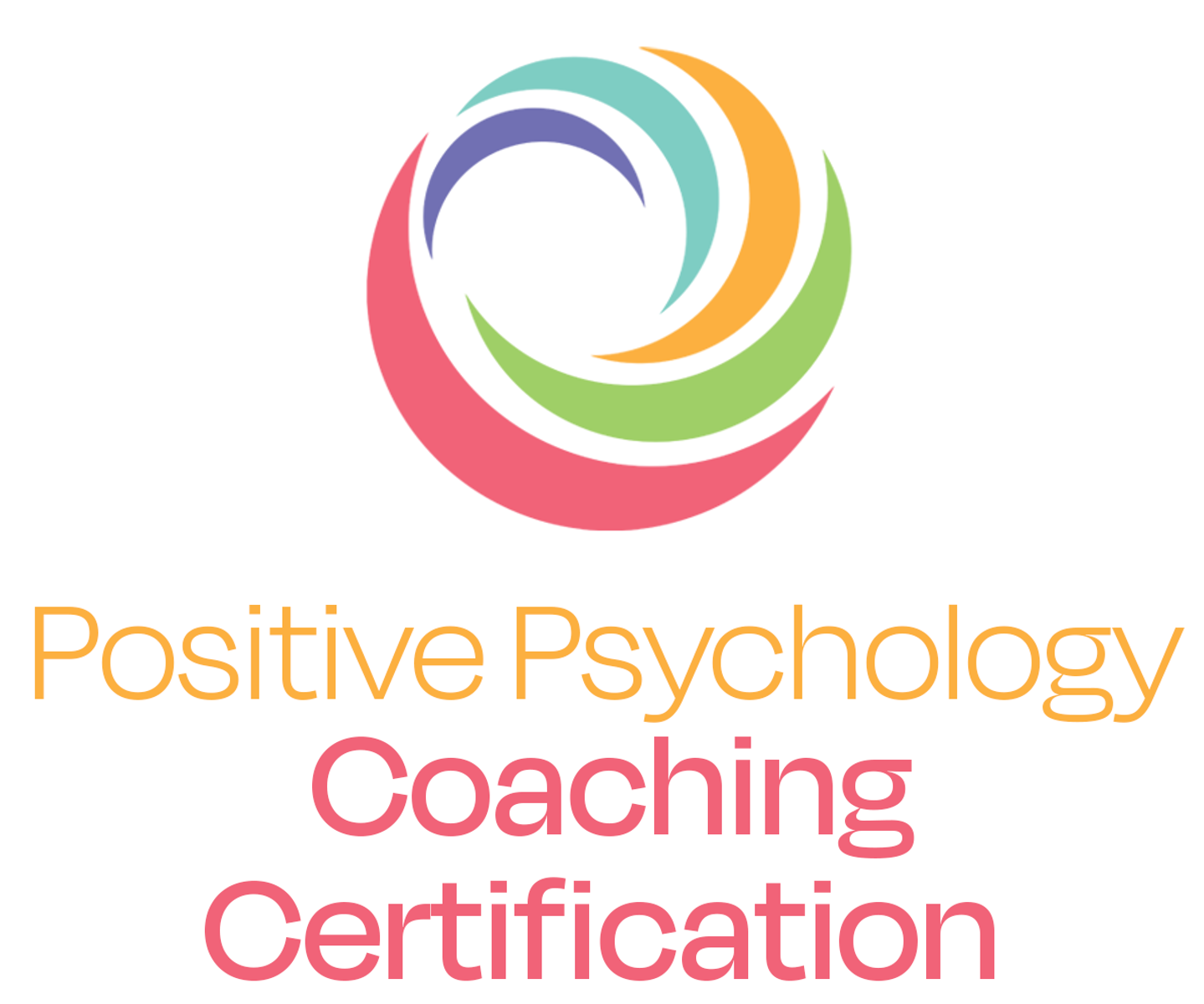
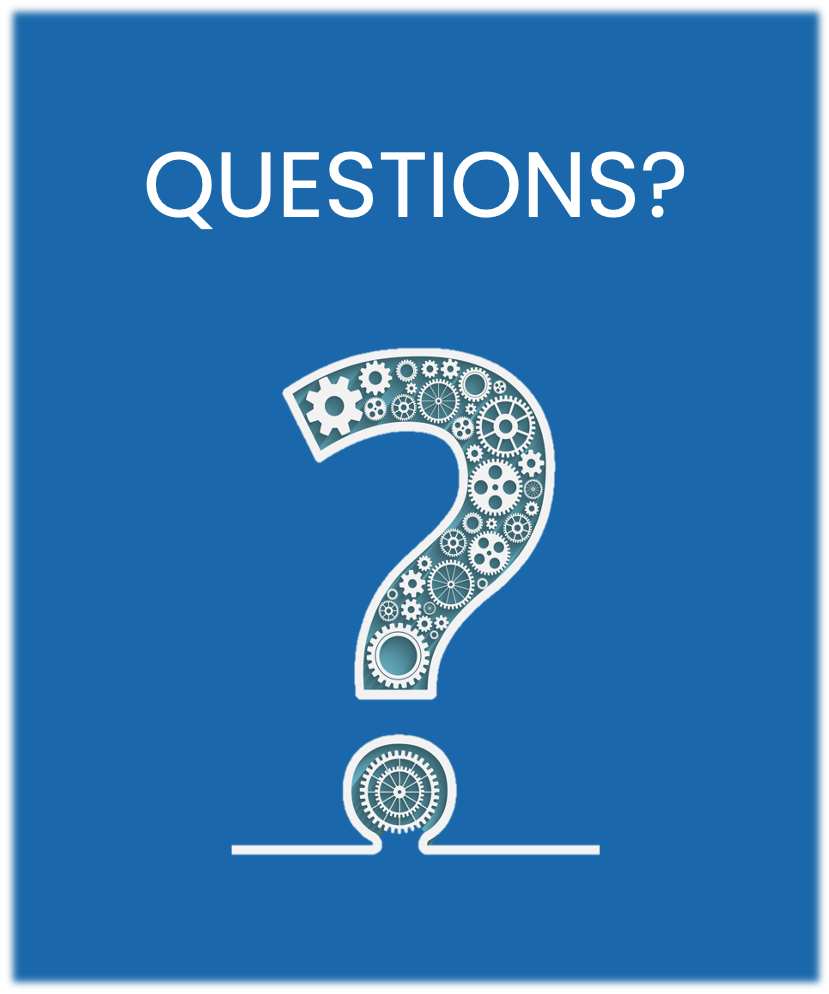

Beautiful…works not only in the workplace, but also in our families and relationships
Thank you Elizabeth! Yes, strengths are universal.